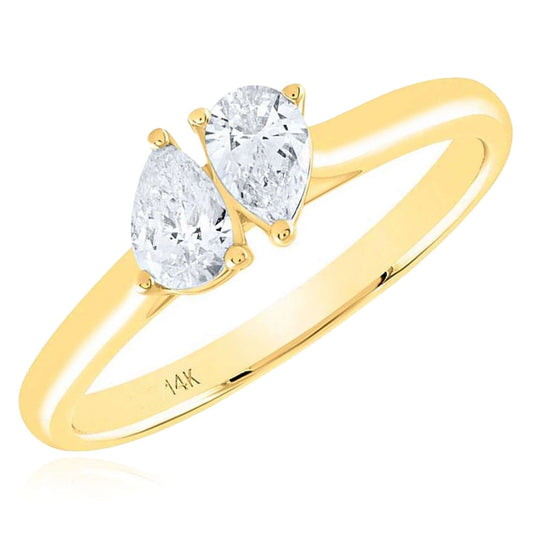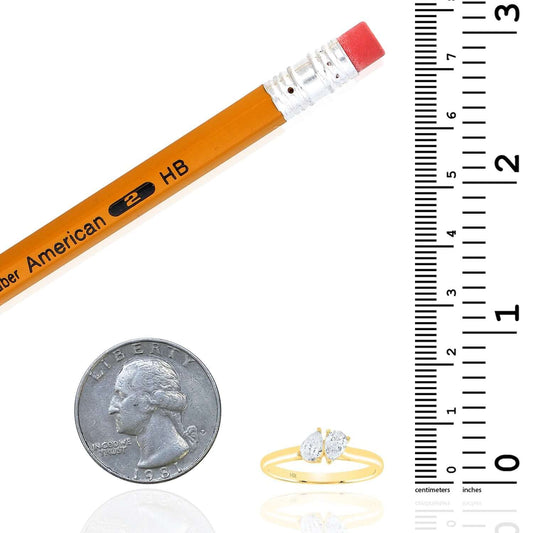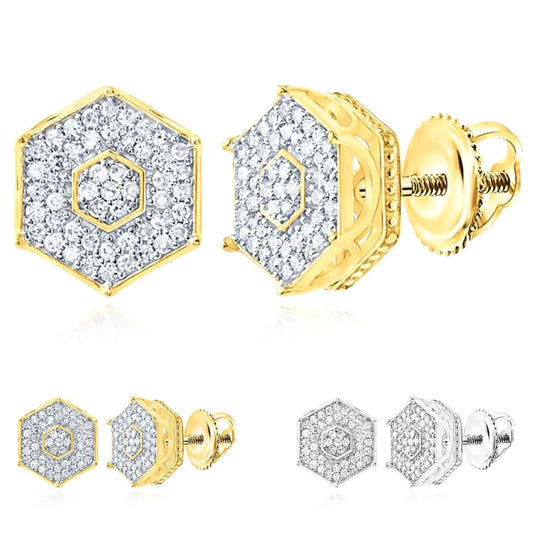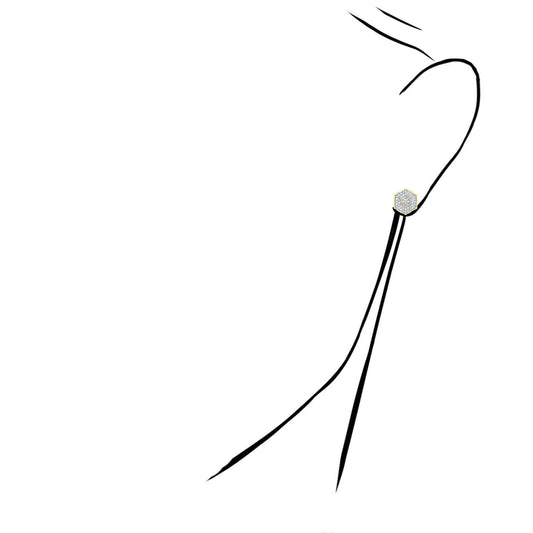
Gold Jewelry Redefined: How Modern Designers Blend Tradition and Innovation
Gold has been cherished for centuries, valued for its visual appeal and the stories and emotions linked to each piece. Over time, gold jewelry has morphed from a simple adornment to a symbol of love, success, or heritage. Yet modern designers challenge the view that gold must always appear in classic forms. They transform metal into new shapes, add unexpected elements, or explore fresh color variations. Whether you prefer traditional yellow tones or feel drawn to rose gold jewelry, the current wave of creativity shows how gold can evolve with each generation while still honoring its roots.
Gold’s Enduring Allure
For many, gold goes beyond aesthetics. It is woven into cultural milestones—like engagements, festivals, or family heirlooms—and carries sentimental worth across different societies. People invest in gold because it holds value well and stays relevant through changing fashion. Even simpler pieces of gold jewelry for women, such as small studs or thin bangles, give off a timeless glow that easily matches everyday outfits.
In modern design, gold’s adaptability emerges strongly. Instead of sticking to predictable forms or engravings, creative minds turn to abstract shapes, geometric outlines, or even fluid, organic sculptures. By blending tradition with fresh viewpoints, these pieces resonate with a new generation who crave both heritage and individual style.
Modern Takes on Classic Styles
It is common to see updated versions of ancient motifs, like reinterpreted floral patterns or new twists on traditional lockets. Some designers embed subtle details, like a hidden symbol on the back of a pendant or a miniature clasp shaped like a star. Even chain styles do not remain static. A once-simple cable chain may incorporate surprising links or a layered approach.
One example is the wide acceptance of rose gold jewelry, where copper alloy gives gold a soft pinkish hue. While rose gold might have appeared sporadically over the past decades, it soared in popularity recently because of its gentle tone. Mixing rose gold with conventional yellow gold or white gold can create layered sets of rings or bracelets that look fresh but remain linked to traditional design. An old-world chain design might feature a rose gold accent, bridging classic forms with a modern twist.
Balancing Tradition with New Ideas
Many designers still value the craftsmanship taught by older jewelers. They use hand-carved techniques or rely on forging methods practiced for centuries. However, they combine these methods with updated technology, like computer-aided design or laser-cut shapes, for precision. The result is a unique tension between old and new. Pieces might look sleek and contemporary but carry delicate hammer marks or filigree reminiscent of an earlier era.
Customers benefit from these blended methods. They can own gold pieces that last, as the metal’s durability is maintained through proven techniques, yet they do not feel stuck in old-school aesthetics. By mixing influences, these jewelers reach a wide base: from fashion-forward individuals to collectors who prize authenticity. This synergy ensures solid gold jewelry pieces that are both robust and artistically appealing.
Buy Gold Jewelry at WJD Exclusives
[products]
Respecting the Metal
Gold, whether in 18k or 24k form, can be comparatively soft. One approach to keep the metal sturdy is by using gold-filled jewelry. Unlike simple plating, gold-filled merges layers of gold with base metals for enhanced wear resistance. The layering technique means the top gold surface remains substantial enough to endure daily use. This process allows for interesting experiments, like hammered finishes or etched patterns, without risking the piece’s integrity.
Some designers also concentrate on more experimental forms of finishing or coloring. They might blend gold with palladium or silver to achieve distinct color tints. These fresh color profiles keep the piece recognized as genuine gold jewelry but add a modern vibe. And for those who worry about tarnishing or scratches, the right finishes and forging methods promise long-lasting shine, even for frequently worn items.
Experimenting with Shapes and Forms
No longer limited to typical round rings or symmetrical pendants, gold jewelry now ventures into bold territory. Designers craft asymmetrical rings featuring raw gems. Necklaces sport off-center pendants or geometric angles, while earrings may loop behind the ear for a half-hidden effect. Solid gold jewelry remains the foundation, but the shapes break with routine. A ring might swirl around the finger, or a bracelet might bend like a delicate vine. These new outlines do not lessen gold’s inherent charm. Instead, they highlight it by placing gold’s warm hue in unexpected forms.
Nature as Muse
Trees, leaves, or animal silhouettes sometimes show up in modern gold designs. The jewelry can look understated—like a small curved branch as a pendant—yet carry personality. Others go for bolder, nature-inspired designs, shaping gold into dramatic statement pieces. This nature link also resonates with the eco-friendly shift in some gold-sourcing strategies. By championing fair mining practices or recycled metal, designers connect nature-themed designs with real-world ecological care.
Designing for Real People
A major push in contemporary gold design is comfort and everyday practicality. Many want gold jewelry for women that can move from casual brunches to formal dinners. Narrowing the line between daily wear and special event pieces, designers produce flexible items. Necklaces with adjustable chains that can go from a choker style to a longer drop, or hinged cuffs that adapt to different wrist sizes, help real people transition from day to night with no fuss.
Additionally, minimalism draws attention. Thin gold rings, slender earrings, or sleek bar pendants can match varied wardrobes while making a gentle statement. Some folks may layer multiple thin necklaces or stack different metals for a more personal style. Because gold is timeless, even the simplest designs keep their relevance over multiple seasons. That approach helps if you prefer not to chase passing trends.
Embracing Sustainability
Concerns about gold’s mining impact have sparked new emphasis on responsible sourcing. Aware customers often ask if metals were mined ethically or if the supply chain respects fair labor. Gold-filled jewelry can be made with recycled gold layers, reducing the need to mine fresh resources. Designers highlight these practices in their marketing, showing that wearing gold can also reflect environmental and social awareness.
Another angle is upcycling. Some jewelers rework inherited gold jewelry by melting or reshaping it into modern pieces. This practice not only repurposes the metal but also preserves sentimental connections to family treasures. The outcome might be a ring that retains a mother’s or grandmother’s gold, shaped to a new form that suits modern tastes.
Confidence and Personal Identity
Wearing gold fosters a sense of personal expression, whether that means layering multiple rose gold jewelry pieces or selecting a single bold ring. The metal’s glow can boost an outfit, and the design can mirror your identity, like a dainty chain for someone who loves subtlety or a heavy geometric necklace for someone bolder. Gold is recognized across cultures as a signal of worth. Having an updated, innovative piece can also suggest forward thinking.
Gender-Neutral Trends
Modern design does not confine gold to women’s items alone. Men, too, enjoy wearing gold rings or chain necklaces with minimal or edgy outlines. Jewelers craft pieces that do not follow strict gender lines, from unisex signet rings to geometric pendants. The metal’s universal allure draws a wider audience seeking quality items that sidestep outdated style rules. This shift results in more inclusive lines, suitable for all individuals wanting gold’s classic shine in a fresh silhouette.
Conclusion
Gold Jewelry Redefined stands as a testament to the evolving nature of a material that has endured millennia of use. Designers preserve classic craftsmanship yet expand possibilities with modern influences, like rose gold jewelry or unexpected shapes in gold-filled jewelry. These new directions show how gold remains current, bridging tradition with inventive design. Whether you prefer solid gold jewelry for its timeless quality or a more budget-friendly gold-filled variant, each piece reflects a piece of your story as you wear it.












No comments